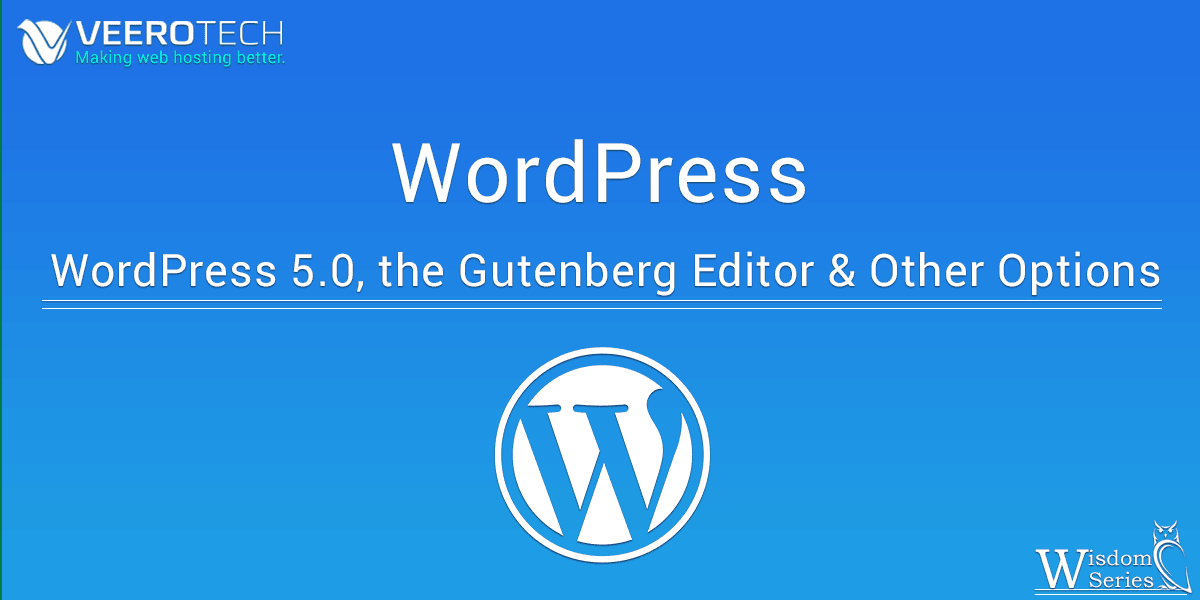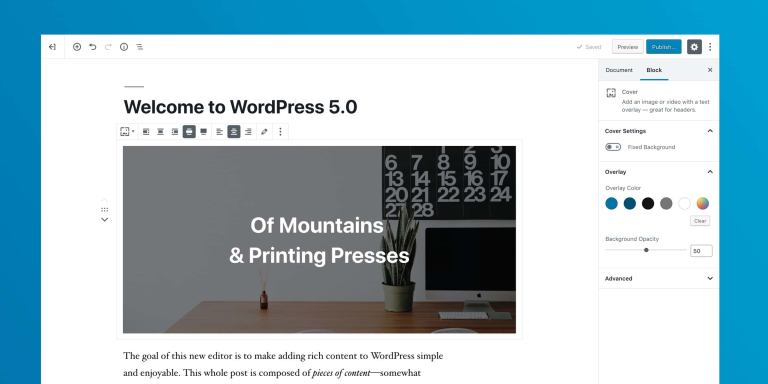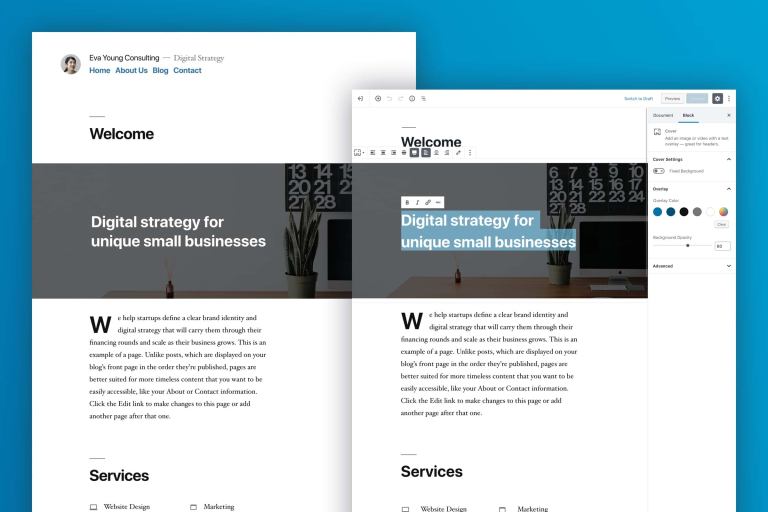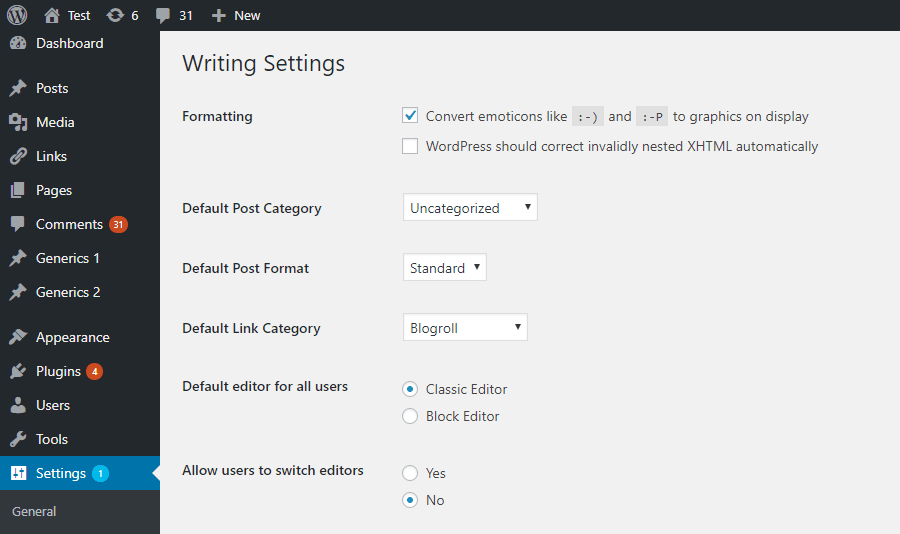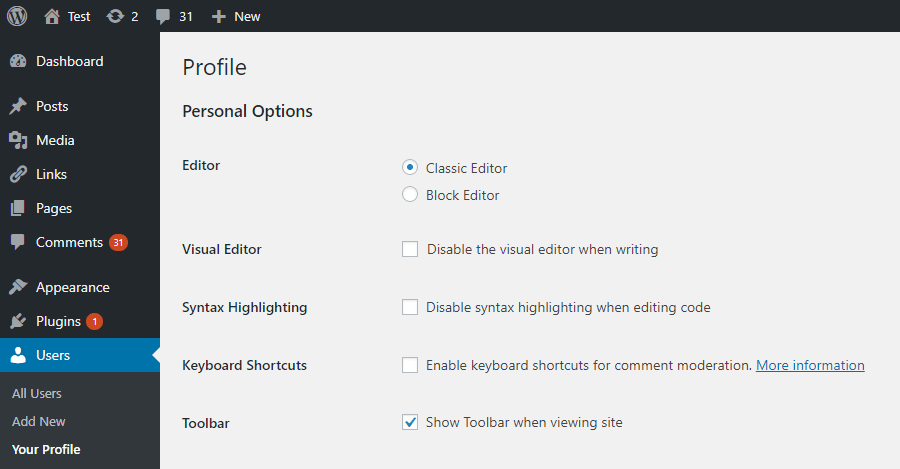A few weeks ago, WordPress 5.0.2 was released. This particular version, WordPress 5.0 to be precise, is dubbed as the biggest WordPress release so far. Among many other things, it brings Gutenberg to the core as the default WordPress editor. With Gutenberg on board, WordPress 5.0 is being termed by many as a game-changing release for the world’s most popular Content Management System.
But what exactly does WordPress 5.0 bring to the table? We will turn to Gutenberg in a while. For now, let’s focus on the other features that this new release of WordPress has to offer.
WordPress 5.0 — The Future is Here
Codenamed “Bebo”, WordPress 5.0 was released on December 6. However, it was shortly followed by a security release, and then again a performance maintenance release in WordPress 5.0.2.
This particular version of WordPress is also an important one from the perspective of developers. To begin with, a website that manages content by means of blocks can better support frontend editing and semantic markup. This implies there are less chances of formatting not turning out the way we want it to.
Beyond that, there are several APIs and components that can help developers create custom blocks for use in content management. This means eventually, we might see more and more WP plugins offering custom blocks as well as themes making use of such blocks. On the other hand, plugins that focus on custom widgets or custom shortcodes might fall out of favor in the future.
If you are are developer who builds websites and apps based on WordPress, it is a good idea to refer to the Gutenberg Handbook in order to familiarize yourself block development.
That said, what does WordPress 5.0 have to offer for the end users?
A New Default Theme
With each major release of WordPress, there is also a new default theme that comes along. WordPress 5.0 is no exception and we now have Twenty Nineteen, the new default WordPress theme.
Twenty Nineteen supports the block-based content editing layout seamlessly. It is a multipurpose theme, albeit its primary use is for bloggers.
Twenty Nineteen makes use of the WordPress 5.0 block layout and offers tight integration with Gutenberg blocks. You can learn more about Twenty Nineteen on the official theme repository page.
However, that is not all. WordPress 5.0 has introduced something more noteworthy and long-lasting than just a new default theme.
Gutenberg — A New Editor for WordPress
Named Gutenberg, the new block editor for WordPress has replaced the existing TinyMCE as the default writing tool. This, of course, has not been without its own share of controversy and chaos. For a good number of users in the WP community, both developers and end users alike, Gutenberg has been a very confusing and frustrating experience.
However, now that Gutenberg has found its way to the WordPress core, there is very little possibility for it to go away. With that said, not all is bad in the new editor. It offers a block-based content editing experience, wherein everything is composed of blocks. For example, if you need to add a paragraph, you add a “paragraph block”, whereas all images can be added by inserting a “media block”.
Here is how WordPress 5.0 describes its new editor’s methodology:
The new block-based editor won’t change the way any of your content looks to your visitors. What it will do is let you insert any type of multimedia in a snap and rearrange to your heart’s content. Each piece of content will be in its own block; a distinct wrapper for easy maneuvering.
Naturally, this is more geared towards the newbie users who tend to work in the editor itself; for instance, casual bloggers and page makers who just need to put together a website at the earliest. For old school diehard fans, or for folks who prefer a more streamlined and non-interfering content editing experience, Gutenberg can seem to be a very confusing hill to climb.
Nonetheless, it might be easier to dismiss Gutenberg without even giving it a fair try, which, of course, is not the ideal thing to do. If you wish to give Gutenberg a spin, all you have to do is upgrade to the latest version of WordPress and then create a new post or page!
What if I Do Not Wish to Keep Gutenberg?
Well, if you do not want to use Gutenberg, there is a simple way out — you can choose not to upgrade to WordPress 5.0 and its later releases for now.
However, this is highly not recommended as it can make you lose out on crucial security updates and bug fixes. Running an outdated WordPress version is a definite invitation for malicious hackers to exploit your website. As such, delaying an upgrade indefinitely is out of the window.
The easiest safest method is to upgrade to WordPress 5.0 and then use the Classic Editor plugin. This is a free WordPress plugin that has already amassed a very large number of users and can be installed from within the official repository.
Once you have installed and activated the plugin, simply head to your Reading Settings section, and choose whether you want users to retain the luxury of being able to switch to and fro between the two editors (Gutenberg and Classic), or disable Gutenberg in its entirety.
Thereafter, it will be business as usual! The Classic Editor plugin will replace all traces of Gutenberg from WordPress, whilst still retaining all the other features and security fixes of the latest versions of WordPress. You can continue to edit and manage your content using the familiar classic editor interface.
A word of information, though! Classic Editor plugin is likely to be supported until 2021. This implies after 2021, you may have to either shift your websites to Gutenberg, or migrate to a different plugin with similar functionality.
What Happens to My Themes and Plugins?
Most of the popular WordPress theme developers have already updated their offerings for added compatibility with Gutenberg. Some have even gone a step further and added custom blocks for their themes to help with content formatting and layout.
As far as plugins are concerned, many popular WP plugins, such as Yoast SEO, have embraced the Gutenberg interface and made their plugin’s interface adapt to it. If you have been using a plugin for custom shortcodes or formatting aids, there are very good chances Gutenberg might render that plugin redundant in the future, as more and more custom formatting blocks are added to the editor’s abilities.
Speaking of that, many new WordPress plugins have come up that make extensive use the Gutenberg editor’s blocks. You can check out some of the block-ready plugins in the repository.
Appraisal
Version 5.0 has been a landmark release in the history of WordPress. It brings to us a new editor and several other features. WP 5.0 has already been followed by two releases, wherein WP 5.0.1 was a security release, and WordPress 5.0.2 was a maintenance release that fixed some bugs for the block editor and added some more performance enhancements.
If you have not done so already, upgrading to WordPress 5.0.2 should be a priority. Perchance you prefer working with Gutenberg, there is nothing much to worry about. Most of the major plugins and themes have already been updated for compatibility with Gutenberg and many others will be updated soon.
Nevertheless, it is also worth noting that Gutenberg has not been accepted by many users of WP. Most of these users have already migrated to the Classic Editor plugin. There are still others that are contemplating a fork of WordPress — ClassicPress is still a new concept in its infancy but it might show some promise in due course of time.
If you are a WordPress user and have updated to the latest release of 5.x, be sure to give Gutenberg a spin, and then decide whether you wish to keep it or revert back using the Classic Editor plugin. Should you encounter any problems or run into any questions, feel free to reach out to our support team!
Interested in learning about our SSD WordPress Hosting services feel free to Contact Us.
Learn more about Our Guiding Principles.
If you have any web hosting questions please feel free to reach out to us. We're happy to help.

